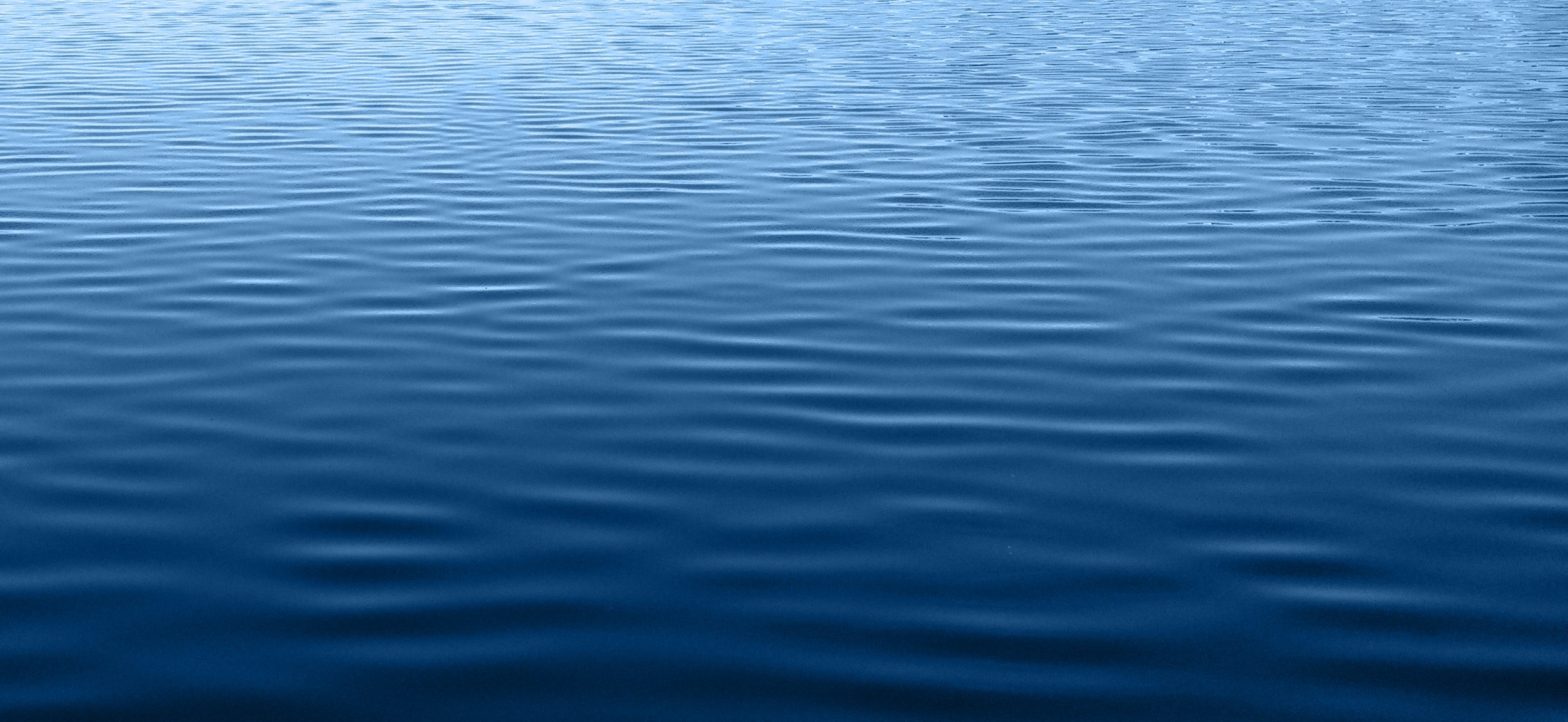On 19 December 2019, the Supreme Administrative Court of Finland (SACF) ruled against Finnpulp, an intended 1,4 billion-euro industrial bioeconomy investment in Kuopio. In this landmark ruling (SACF 2019:166), the court overturned earlier decisions granting an environmental permit. The reasoning of the SACF was to a considerable degree based on article 4 of the Water Framework Directive (WFD, 2000/60/EC) as the project’s waste waters would have likely deteriorated the ecological status of Lake Kallavesi, or prevented the achievement of good status, as required by the directive.
How did the directive come to possess such power? What does the ruling reveal about the directive’s transformative power towards more sustainable water management in Finland and in the EU?
From a paper tiger…
WFD article 4 (environmental objectives) sets clear substantive obligations to 1) prevent deterioration of the status of waters; and 2) achieve good water status. Nevertheless, many EU member states, including Finland, considered for a good part of the early 2000s that the directive was of “framework nature”, setting mostly procedural obligations. According to this interpretation, the member states are required to monitor the status of and human impact on waters, plan their future uses and suggest measures for improving the status if classified lower than ‘Good’, while the directive’s substantive obligations were not seen as a ground for refusing a permit.
Still today, the Environmental Protection Act (527/2014) and the Water Act (587/2011) of Finland state only that the permit authority shall consider what is set out in a river basin management plan. The formulation is open to interpretation and on the surface seems to leave significant discretion for the permit authorities to consider the directive’s substantive obligations. Such discretion often favours granting a permit for economic development unless there is clear evidence to suggest that the core obligations set out in the national regulations would be violated.
…to a beast…
With the emphasis on WFD establishing procedural obligations the directive was well on its way to becoming a paper tiger without many teeth. It had power to create monitoring and planning processes but little sway in steering permit discretion. But something was bubbling underneath in the judicial processes.
At the Court of Justice of the European Union (CJEU), early developments included cases in which the court stated that WFD article 4 environmental objectives need to be clearly transposed in the national legislation (C-32/05, C-43/10). After these, the 2015 Weser case (C-461/13) was the big one.
In Weser, the CJEU stated that the member states are required – unless an exemption is granted – to refuse authorisation for any project that may cause deterioration of the status of a water body or jeopardise the attainment of its status objectives. Perhaps surprisingly, the court also linked this deterioration to individual quality elements instead of the overall water quality status. This was a major shift in the legal impact the directive would have on permitting projects such as Finnpulp.
After the Weser case, the changed legal reality quickly dawned on legal scholars studying EU water law. In tandem with and as a consequence of CJEU case law, the Supreme Administrative Court of Finland started sharpening its argumentation in evaluating permits with impact on water quality elements. In 2014, the SACF ruled against a peat extraction project based on the project jeopardising the attainment of good surface water status (SACF 2014:176). In 2017, the SACF explicitly referred to the CJEU Weser ruling and stated in a hydropower permitting case, in which the permit was eventually granted, that WFD article 4 is legally binding and needs to be considered in detail at the quality element level (SACF 2017:87).
…with transformative potential
Entering the 2019 Finnpulp case, all the crucial legal components in relation to the WFD’s substantive obligations were already in play. According to the latest classification, the status of the lake was ‘Good’. However, the waste water emissions – and cumulative impacts from other sources – would likely deteriorate ecological status in Lake Kallavesi in the long term (the project was planned to run for 40–50 years) and emphasize the already negative trend in phytoplankton as a single quality element. Such an event, according to the SACF, would constitute an infringement of the Environmental Protection Act interpreted in light of the directive and the Weser ruling. Finally, and perhaps decisively, the SACF considered that the Finnish legal framework did not sufficiently facilitate adapting the permit to changed circumstances and new scientific knowledge once granted. As a consequence, the court decided to deny the permit.
Although the Finnpulp rulingwas not entirely unexpected to legal scholars and practitioners dealing with the directive, it was first in denying a permit from an investment of this magnitude in Finland. It is also a first in raising considerable public debate about the legal requirements of the WFD, and the legal implications of the CJEU Weser ruling.
Going forward
On the basis of the Finnpulp ruling, project developers operating in Finland are advised to consider water quality elements in detail in establishing a suitable location for proposed projects. Developers cannot hide behind industry standards, such as best available technology. It is water quality that counts.
Also, the scale and adaptability of projects need careful consideration: large investments in single industrial installations may be feasible due to economics of scale, but as projects are scaled up, also the ecological impacts are usually increased. And with increasing impacts, it is more likely that one or more ecological quality element under the WFD is negatively influenced, which is a legal cause for denying a permit.
Finally, the legal implications of the Finnpulp ruling – and the WFD and the Weser -case on which it is largely based – is by no means limited to permitting pulp and paper mills. Operations such as fish farming and peat production with marked water quality impact will incur the bite of the WFD tiger if not careful. Legal reality has come to embrace ecology, and functions accordingly.
Remaining legal questions
For future legal research, Finnpulp raises two essential questions. First, does the WFD – interpreted in conjunction with the Weser-ruling – really mean in practice that a project deteriorating one or several quality elements due to pollution can never be granted a permit regardless of its importance to the public interest? According to the directive, exemptions are available only when the status of a water body would deteriorate from high to good (WFD 4(7)). In Finland, less than one third of water bodies are in high status – at the EU level the situation is even worse.
Second, does the Finnish law include necessary legal tools for enabling permit reviews and the management of cumulative impacts? Permit updates are required in WFD article 11 if they are necessary to achieve the environmental objectives of the directive. Also, the member states should make use of water management plans and programmes of measures to a much larger degree to manage cumulative impacts effectively.
Niko Soininen
Niko Soininen is Assistant Professor in Helsinki Institute of Sustainability Science (HELSUS) and Faculty of Law, University of Helsinki
Antti Belinskij
Antti Belinskij is Professor of Environmental Law, University of Eastern Finland and Research Professor, Finnish Environment Institute SYKE
Further reading
Kymenvaara, Sara – Baaner, Lasse – Tegner Anker, Helle – Leino, Laura – Belinskij, Antti (2019). Variations on the same theme: Environmental objectives of the Water Framework Directive in environmental permitting in the Nordic countries. Review of European, Comparative and International Law 28(2), 197–209.
Paloniitty, Tiina (2016). The Weser Case: Case C-461/13 Bund v. Germany. Journal of Environmental Law 28(1), 151–158.
Soininen, Niko – Belinskij, Antti – Similä, Jukka – Kortet, Raine (2019). Too important to fail? Evaluating legal adaptive capacity for increasing coastal and marine aquaculture production in EU-Finland. Marine Policy 110.
Soininen, Niko – Belinskij, Antti – Vainikka, Anssi – Huuskonen, Hannu (2018). Bringing Back Ecological Flows: Migratory Fish, Hydropower and Legal Maladaptivity in the Governance of Finnish Rivers. Water International 44(3), 321–336.


thank you for the information